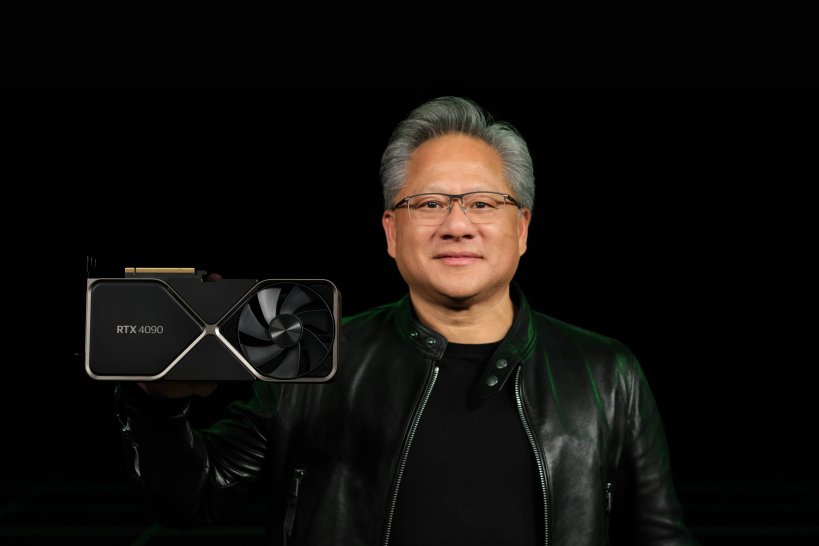Geforce RTX 4000: Nvidia clarifies important questions about power supplies, wattage and Co.


According to a current FAQ post in the official forum, since the announcement of the Geforce RTX 40 series, Nvidia has experienced an increase in user questions about the power supply and the compatibility of their existing PC systems and the most important details here now explained.
Accordingly, no new power supply is required if you already meet the following recommendations for wattage and a suitable adapter for use with existing 8-pin PCI-E connectors is supplied with the new graphics cards. Alternatively, if available, the new PCI-E Gen5 power connector can of course also be used.
RTX 4000: Key wattage numbers
In terms of power consumption, the Geforce RTX 4090 has a total graphics power (TGP) of 450 watts and the recommended “minimum power supply” should have 850 watts. Meanwhile, the RTX 4080 (16 GB) with its TGP of 320 watts should be supplied with a recommended power supply of at least 750 watts and the RTX 4080 (12 GB) with a power supply of at least 700 watts nominal power.
The power requirement has meanwhile remained the same or dropped, while the computing power has increased significantly according to Nvidia: The RTX 4090 needs just as much power as the RTX 3090 Ti, the RTX 4080 (16 GB), for example, 30 watts less than the RTX 3080 Ti and the RTX 4080 (12GB) consumes 65 watts less than the RTX 3080 (12GB).
RTX 4000: fear of incompatibility
Meanwhile, there’s also concern over a warning from the specs’ PCI-SIG about a potential overcurrent/overpower risk with 12VHPWR connectors with non-ATX 3.0 power supplies and Gen5 adapter plugs, but new cards from Nvidia will not be affected must.
During early development and testing, a potential problem was identified with a prototype connector manufactured by a single supplier. As a PCI-SIG member, however, the supplier was informed and asked for a successful solution to the problem, which is why the PCI-SIG also passed on these findings to other providers.
More adapter and connection questions
Meanwhile, the 30-cycle specification complained about by some users is the same as it has been for the past 20 years and beyond that for existing PCI-E/ATX 8-pin connectors, and this has also changed for the PCI-E Gen5 connectors or power adapters not changed. Thanks to active circuits, the adapter is also compatible with ATX 2.0 power supplies, since the status of the 8-pin connector is converted into the correct sideband signals according to the PCI-E Gen5 specification (ATX 3.0).
Meanwhile, the active circuitry also ensures that the performance capacity of the graphics card is detected and reported based on the number of 8-pin connectors inserted. This allows the RTX 4090 to increase the performance headroom for overclocking when using four 8-pin connectors instead of three 8-pin connectors. With regard to the deformability of the adapter, it is also said that you should plan a minimum distance of 36 mm above the top of the graphics card so that the cables can be bent and air circulation is guaranteed.
With regard to concerns if the power supply only has one power rail for connecting the graphics card and therefore only one power connection is available, Nvidia concludes in the FAQ: “Please connect the original power supply outlets and cables directly to the supplied power adapter PSUs typically only supply up to 2x 8-pin PCI-E connectors per output cable. RTX 4090 and RTX 4080 16GB require at least 3x 8-pin PCI-E connectors or a 450W or more PCI-E Gen5 -Connection.”
Reference-www.pcgameshardware.de